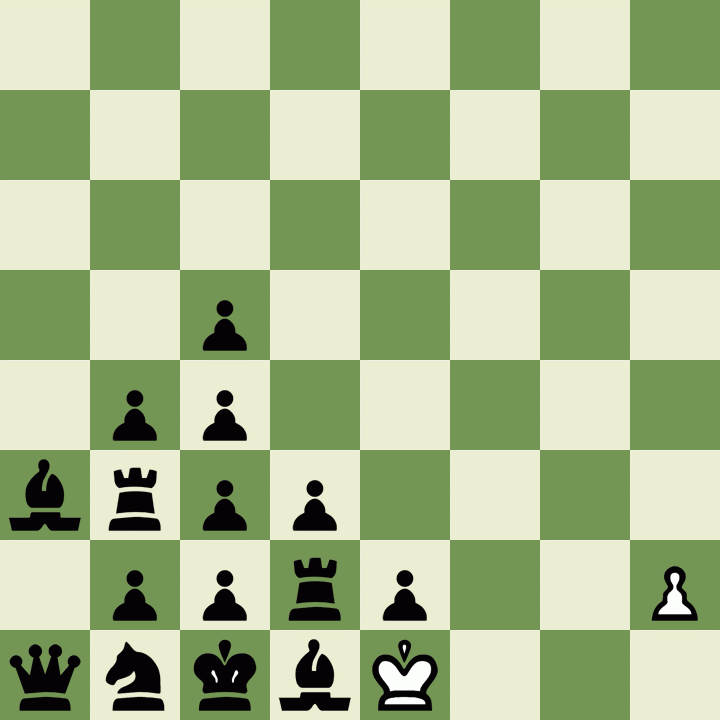would you be able to solve this problem?


I think you're looking at the board upside down. Black's king has move across the board and is sitting on the 1st rank, not the 8th. black can't move any of his pawns forward.

By today's standards this problem appears weak by the presence of countless solution duals, while it is easily replaceable with a version with an unambiguous knight journey. Should we therefore dump it in the waste bin? No, because it has one attribute that makes it special. There are 2 plans for the white knight to reach its target. One is the correct solution, the other one is ignoring pawn c5 and going after pawn c4 straight away! That one appears to be quicker but fails because black can change the tempo by playing c5-c4 on the first occasion. Thereafter, white will never ever be able to checkmate the black king. So plan 2 is a try!
It is probably impossible to create a similar setting which shows both the intended solution + the intended try and still is dualfree. Whether you are happy with Blathy's construction or not (personal taste), the very least you should do is recognize the 2 plans. Without both of them, this puzzle makes no sense.

Another nice feature of the problem, when it's set up correctly with the BQ on a2, is the need for the tempo move 2.h3! (after 1.Kxe1 Qa1). If the BQ starts on a1 instead (as given by the OP), the solution is spoiled as the second move becomes the far more obvious 2.h4.

These kinds of problems are called Grotesque.
Ottó Bláthy also created The Longest Checkmate in History: Mate in 290! (vid by @mikeklein).

Otto Blathy made this puzzle, and apparently he was a engineer
That's funny. Blathy often uses more parts than available in his toolkit. Not what you'd expect of an engineer ![]() This one is OK though.
This one is OK though.





